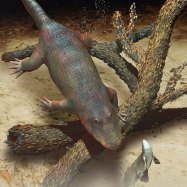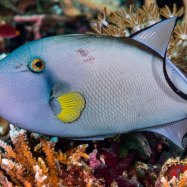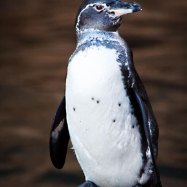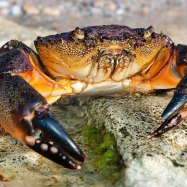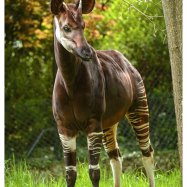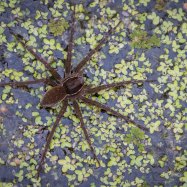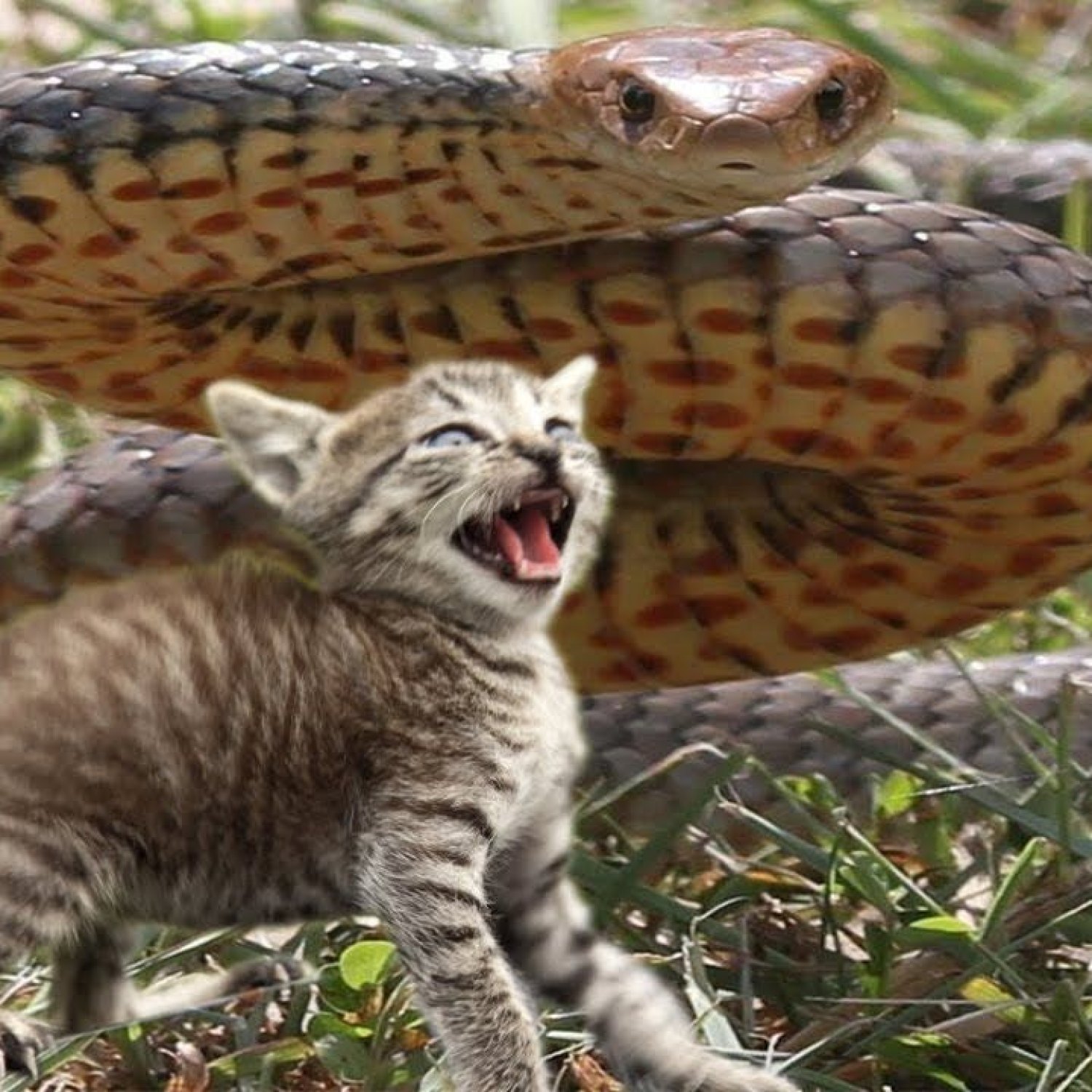
Cat Snake
Up to 1 meter (3.3 feet)
Cats are not the only slinky creatures out there, snakes are just as fascinating! The Colubridae family of snakes, with a slender and cylindrical body, can reach up to 1 meter in length. Found worldwide, they have a narrow head and a long tail, making them efficient hunters.
Animal Details Summary:
Common Name: Cat Snake
Kingdom: Animalia
Habitat: Savannahs, deserts, scrublands, and rocky areas
The Mystical Cat Snake: A Fascinating Creature from the African Savannahs
The world is home to a wide variety of fascinating creatures – from giant elephants to tiny insects. But there is one creature that often goes unnoticed, hidden in the shadows and camouflaging in its surroundings – the Cat Snake.Scientifically known as Telescopus fallax, the Cat Snake, as its name suggests, is a slender reptile that bears a striking resemblance to a cat – thanks to its long tapered tail and elegant movements. Despite its intriguing appearance, this snake remains relatively unknown to many, with its presence mostly confined to African and Middle Eastern regions Cat Snake.
In this article, we will delve deeper into the world of the Cat Snake, exploring its habitat, feeding habits, physical characteristics, and much more, to uncover the mysteries surrounding this curious creature.
The Taxonomy of Cat Snake
Before we dive into the details, let's first get to know the basic taxonomy of the Cat Snake. As per the Linnaean classification system, the Cat Snake belongs to the Animalia kingdom – the grand category for all living organisms. It falls under the phylum Chordata and the class Reptilia, which encompasses all the reptiles.
Further down the taxonomic hierarchy, the Cat Snake belongs to the order Squamata, which includes other scaly creatures like lizards and snakes. Within this order, it falls under the family Colubridae, which is the largest family of snakes, including over two-thirds of all snake species.
The Cat Snake's Habitat
The Cat Snake is a widespread species that has managed to adapt to various habitats in Africa and the Middle East. It is commonly found in savannahs, deserts, scrublands, and rocky terrains, where it can hide amongst rocks and blend in with the sandy and rocky surroundings.
Unlike other snakes that prefer to live in moist areas, the Cat Snake can thrive in dry regions with little access to water Colletts Snake. Its ability to withstand arid conditions makes it a formidable predator in its environment.
Cat Snake's Diet – An Obligate Carnivore
One of the most intriguing aspects of the Cat Snake is its feeding habits. It is an obligate carnivore, which means it exclusively feeds on other animals for survival. Its diet primarily comprises small mammals, such as rodents, lizards, and even other snakes.
The Cat Snake has excellent hunting skills, and it uses its slender and agile body to its advantage while preying on its victims. It can strike quickly and accurately, making it a formidable predator in its habitat despite its relatively small size.
Geographical Distribution and Country of Origin
As mentioned earlier, the Cat Snake can be found in various habitats across Africa and the Middle East. Its range extends from countries such as Morocco, Algeria, Tunisia, and Libya in North Africa to Egypt, Sudan, Ethiopia, Somalia, and Kenya in East Africa.
In the Middle East, the Cat Snake can be found in countries like Saudi Arabia, Iraq, Iran, and even in parts of Pakistan. Due to its wide distribution, it is challenging to pinpoint the exact country of origin for this fascinating reptile.
Physical Characteristics of the Cat Snake
The Cat Snake has a distinctive and visually stunning appearance. It has a slender and cylindrical body, much like most other snake species. Its body is typically light sandy or gray in color, and it features dark blotches or bands that run along the entire length of its body, giving it a unique and beautiful look.
One of the most striking features of the Cat Snake is its narrow head, which gives it a cat-like appearance. Its average length is around 1 meter (3.3 feet), making it a relatively modest-sized snake compared to other species.
The Cat Snake's Defense Mechanisms
Like most snakes, the Cat Snake has several defensive mechanisms to protect itself from predators. Its first line of defense is its excellent ability to blend in with its surroundings, making it almost invisible to the untrained eye.
Additionally, it can flatten its head and rears up its body to look more massive and intimidating when threatened. It also has the ability to bite and release a foul-smelling odor from glands in its tail, which can deter predators and give the snake a chance to escape.
The Cat Snake's Role in the Ecosystem
Despite being small in size, the Cat Snake plays a crucial role in its habitat, particularly in controlling rodent populations. Rodents can quickly multiply, leading to ecological issues such as scarcity of resources and the spread of diseases. The Cat Snake's carnivorous diet helps keep these populations in check, maintaining a balance in the ecosystem.
Moreover, the Cat Snake also plays a crucial role in its environment by acting as a prey species for larger predators, maintaining a healthy predator-prey balance.
In Conclusion
The Cat Snake may not have the same popularity as other charismatic animals, but it is undoubtedly a fascinating creature that deserves our attention and appreciation. From its unique physical features to its essential role in the ecosystem, the Cat Snake is a remarkable reptile that continues to thrive in its environment.
So the next time you come across a cat-like snake while exploring the African savannahs or the rocky landscapes of the Middle East, take a moment to admire and appreciate this mystical creature that is as beautiful as it is mysterious.

Cat Snake
Animal Details Cat Snake - Scientific Name: Telescopus fallax
- Category: Animals C
- Scientific Name: Telescopus fallax
- Common Name: Cat Snake
- Kingdom: Animalia
- Phylum: Chordata
- Class: Reptilia
- Order: Squamata
- Family: Colubridae
- Habitat: Savannahs, deserts, scrublands, and rocky areas
- Feeding Method: Carnivorous
- Geographical Distribution: Africa and Middle East
- Country of Origin: Several countries in Africa and the Middle East
- Location: Wide distribution across its range
- Animal Coloration: Variable coloration, typically a sandy or gray background with dark blotches or bands
- Body Shape: Slender and cylindrical body, with a narrow head and a long tail
- Length: Up to 1 meter (3.3 feet)
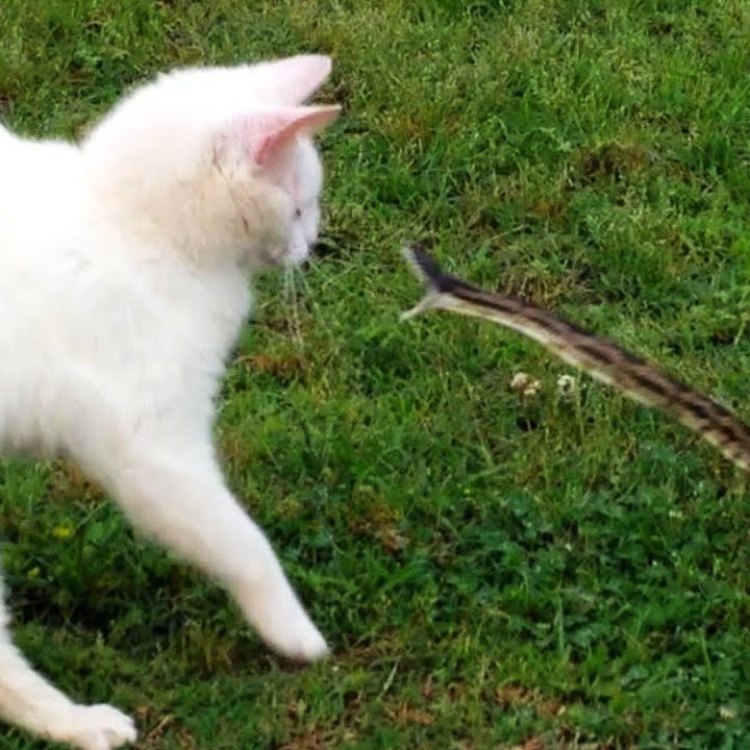
Cat Snake
- Adult Size: Medium-sized snake
- Average Lifespan: Unknown
- Reproduction: Oviparous (lays eggs)
- Reproductive Behavior: Unknown
- Sound or Call: No distinct sound or call
- Migration Pattern: Non-migratory
- Social Groups: Solitary, but can occasionally be found in small groups
- Behavior: Nocturnal and secretive
- Threats: Habitat loss, predation, and illegal trade
- Conservation Status: Not evaluated by the IUCN Red List
- Impact on Ecosystem: Helps control populations of rodents and other small animals
- Human Use: Not used by humans
- Distinctive Features: Distinctive large eyes with round pupils
- Interesting Facts: The Cat Snake is known for its ability to flatten its body and feign death as a defense mechanism
- Predator: Various predators including birds of prey and larger snakes
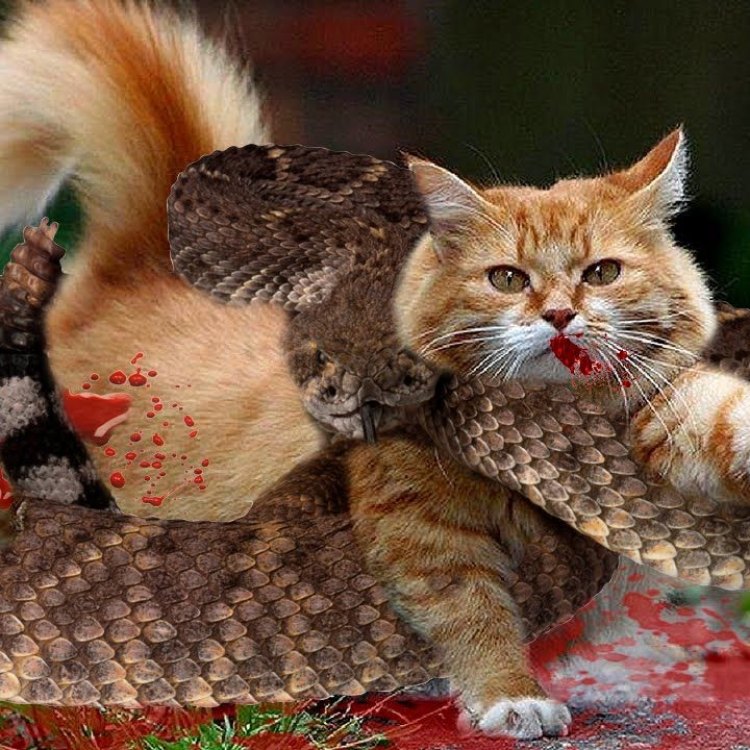
Telescopus fallax
The Elusive Cat Snake: A Fascinating Medium-sized Reptile
When you hear the word "snake," the image of a long, slithery creature may come to mind. But have you ever heard of a medium-sized snake that goes by the name of the "Cat Snake?" If not, then get ready to learn about this fascinating reptile and its unique features.The Cat Snake, also known as Boiga ceylonensis, is a member of the Colubridae family and is native to South and Southeast Asia. It is commonly found in countries such as India, Sri Lanka, Bangladesh, and Thailand PeaceOfAnimals.Com. With its distinctive round pupils and average adult size, it is often mistaken for a young cobra. However, unlike its venomous relative, the Cat Snake is completely harmless to humans.
On average, the Cat Snake can grow up to 4-5 feet in length, making it a medium-sized snake. Its colors and patterns can vary, ranging from shades of brown to olive green, with whitish or yellowish spots or stripes. Its scales are smooth, giving it a glossy appearance, and it has a slender, slightly flattened body compared to other snake species.
One of the most intriguing features of the Cat Snake is its unique reproductive behavior. It is an oviparous species, meaning it lays eggs rather than giving birth to live young. The exact reproduction behavior of this snake is still unknown, as its breeding patterns have not been extensively studied. However, it is believed that the females may lay around 10-20 eggs at a time Catahoula Bulldog.
Despite its distinctive name, the Cat Snake does not make any distinct sounds or calls. It is a relatively quiet snake and relies on its camouflage and speed to evade predators. Speaking of predators, the Cat Snake has a wide range of enemies, including birds of prey, large snakes, and other carnivorous mammals. Its ability to blend into its surroundings and escape predators makes it a survivor in the wild.
When it comes to their behavior, Cat Snakes are solitary creatures and are mostly active at night. They are also very secretive and tend to hide during the day, making them a challenge to spot in the wild. However, on rare occasions, they may gather in small groups of 2-3 individuals.
Unfortunately, like many other snake species, Cat Snakes also face threats in their natural habitat. One of their biggest threats is habitat loss due to human activities such as deforestation and agriculture. They are also targeted by illegal trade for their skin and meat. These factors, combined with their elusive nature, have made it difficult for researchers to determine their exact population size and average lifespan.
Speaking of lifespan, the Cat Snake's lifespan is still unknown. However, it is believed to live for around 10-15 years in captivity. Due to insufficient data, the IUCN Red List has not evaluated the conservation status of this species. However, their diminishing numbers and habitat loss have raised concerns about their future survival in the wild.
While the Cat Snake may not have significant human use, it plays a crucial role in the ecosystem. These stealthy reptiles help control the population of rodents and other small animals, thus maintaining a balance in the ecosystem. Without their presence, the population of these prey species would skyrocket, causing disruption in the food chain.
Apart from its distinctive features and behavior, the Cat Snake also has some interesting facts that make it stand out among other snake species. One such fact is its ability to flatten its body and feign death as a defense mechanism. When threatened, the Cat Snake will flatten its body, puff up its head, and release a foul-smelling liquid to deter predators. Some people also believe that it can hiss like a cat, hence its common name.
In conclusion, the Cat Snake may not be as well-known as its venomous relatives, but it is undoubtedly a fascinating reptile with its unique features and behavior. Its ability to adapt and survive in its natural habitat despite facing threats makes it a true survivor. As more research is conducted on this elusive species, we may learn more about its reproductive behavior, lifespan, and other unknown facts. Until then, the Cat Snake remains a mysterious and intriguing medium-sized snake that deserves our attention and appreciation.
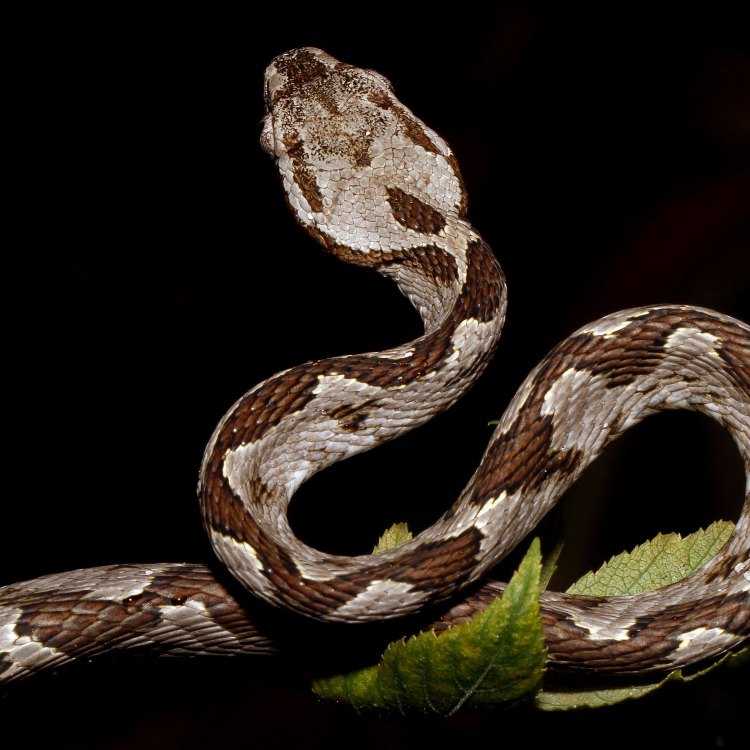
The Mystical Cat Snake: A Fascinating Creature from the African Savannahs
Disclaimer: The content provided is for informational purposes only. We cannot guarantee the accuracy of the information on this page 100%. All information provided here may change without prior notice.

